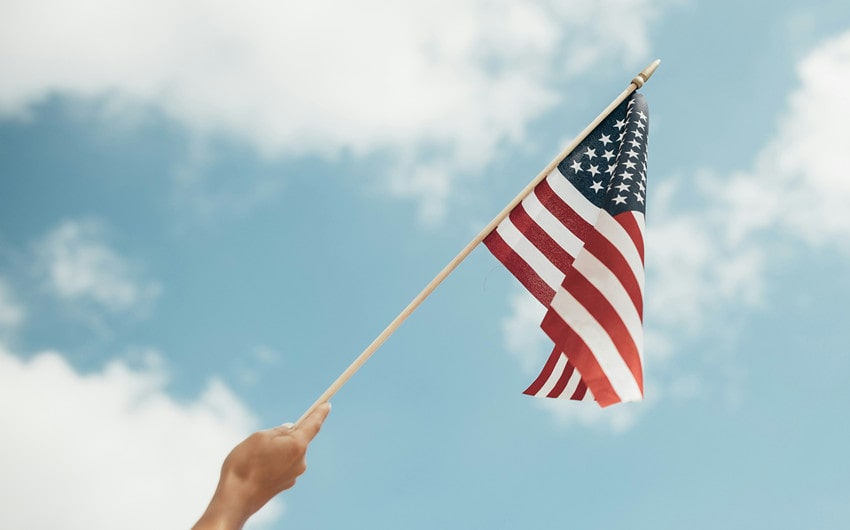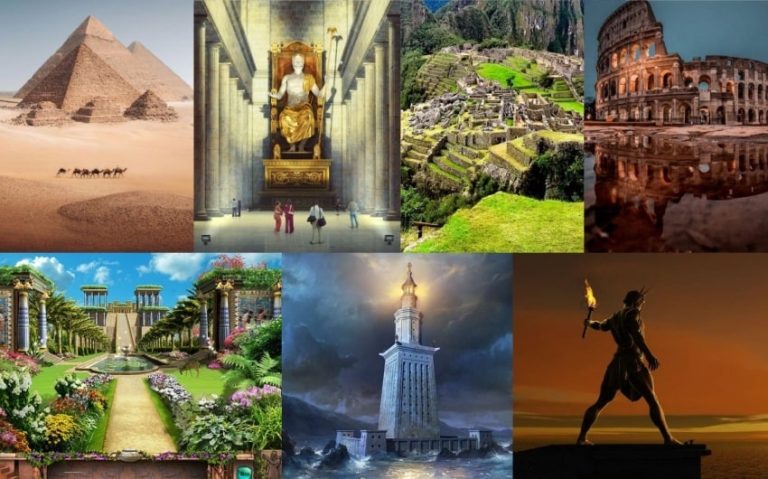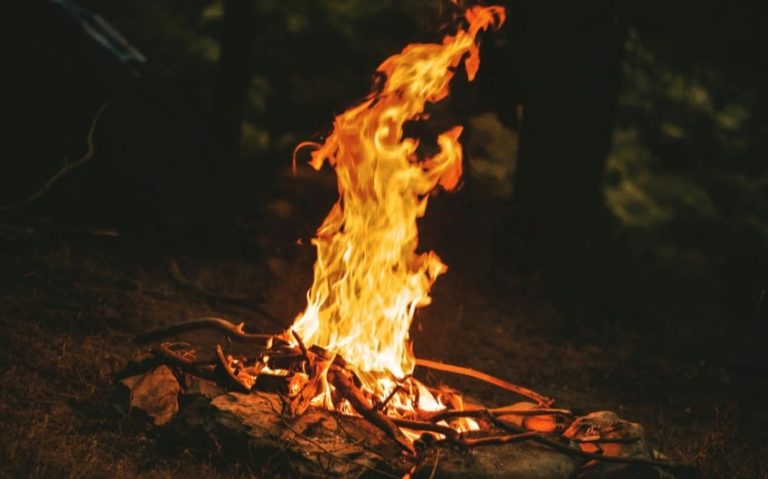Surprising Facts About the Founding Fathers
4. Declaration Signers
Fifty-six men signed the Declaration of Independence, representing the thirteen original colonies, but not everyone signed on July 4, 1776. Some signed weeks or even months later. Notably, Thomas Jefferson, John Adams, and Benjamin Franklin were among the few who were heavily involved in drafting the document.
Others, like Caesar Rodney, made a dramatic entrance, traveling through a storm to reach the signing, as he wanted Delaware’s vote counted. These signers risked everything, including their lives, as declaring independence from Britain was considered an act of treason punishable by death.
5. No President at the Time
When the Declaration of Independence was signed, there was no president of the United States—only representatives and leaders of the Continental Congress. George Washington, who would later become the nation’s first president, was leading the Continental Army at the time.
The founding fathers hadn’t yet established the structure of the new government, and the Constitution wouldn’t be written for another eleven years. The lack of a formal leader reflects how the early patriots were pioneers, willing to create a brand-new system of governance from scratch.
6. Thomas Jefferson’s Influence
Thomas Jefferson, the primary author of the Declaration of Independence, was only 33 years old when he penned the historic document. Despite his youth, Jefferson’s ideas on freedom and democracy were groundbreaking. He drew inspiration from enlightenment thinkers, particularly John Locke, and crafted a vision of a nation based on equal rights and liberty.
Jefferson’s words in the Declaration became a defining blueprint for American ideals, and his lasting impact on the country’s foundational principles is one reason he’s still celebrated today.
The Evolution of 4th of July Traditions
7. Early Celebrations
The first Independence Day celebrations in 1777 included fireworks, cannons, and festive gatherings, even as the Revolutionary War was still ongoing. Communities came together for parades, public readings of the Declaration, and bonfires to demonstrate their pride and hope for the new nation.
Though not yet an official holiday, these early gatherings laid the groundwork for Independence Day as an annual celebration. Local militias would often participate in these events, showcasing their dedication to the cause and rallying support for the fight for freedom.
8. Fireworks: A Lasting Tradition
Fireworks have been a part of 4th of July celebrations since the beginning, symbolizing the “rockets’ red glare” referenced in the later national anthem. Early fireworks displays were modest but still impactful, lighting up the night sky to celebrate America’s hard-won independence. The tradition has grown dramatically over the centuries, with massive fireworks shows held across the country every year.
Major cities like New York and Washington, D.C., host elaborate displays watched by millions. Today, fireworks symbolize the energy and excitement that Americans feel about their freedom and heritage.
9. Parades and Picnics
The tradition of parades and picnics evolved in the 19th century as communities started organizing more formalized celebrations. Local towns and cities would host parades featuring military displays, marching bands, and floats, giving residents a chance to showcase their patriotism.
Families also began to gather for picnics and barbecues, turning the day into a time for loved ones to come together in celebration. By the late 1800s, the 4th of July had become a true summer holiday centered around family, food, and festivities, traditions that remain an essential part of the holiday today.
Patriotic Symbols and Their Origins
10. The American Flag
The American flag, often referred to as the “Stars and Stripes,” has evolved over time, with its initial design created in 1777. Originally featuring 13 stars and stripes to represent the original colonies, the flag was a rallying symbol for unity and independence.
As more states joined the union, stars were added, leading to the current 50-star version. The flag remains a powerful symbol of freedom and resilience, displayed proudly on 4th of July and other national holidays. Each iteration of the flag reflects the nation’s growth and commitment to the principles of liberty and democracy.
11. The Liberty Bell
The Liberty Bell, located in Philadelphia, has become a cherished symbol of American independence, even though it wasn’t rung on the original 4th of July. Inscribed with the words “Proclaim Liberty Throughout All the Land,” it was originally used to summon lawmakers and citizens to public meetings.
Though it cracked in the early 19th century, its enduring message of freedom has made it an icon. The bell is often associated with the abolitionist movement and serves as a reminder of the ongoing journey toward equality and justice in America.
12. The Bald Eagle
The bald eagle, chosen as the national bird in 1782, is a powerful symbol of American freedom and strength. Found only in North America, the bald eagle represents the country’s independence, resilience, and fierce spirit. Although Benjamin Franklin famously preferred the turkey as the national bird, the bald eagle won out and has since become an enduring symbol of the United States.
On the 4th of July, images of the bald eagle are seen across decorations, reinforcing its place as a cherished emblem of American identity and pride.

Fun 4th of July Trivia Questions
13. Which three presidents died on July 4th?
A unique piece of trivia is that three U.S. presidents—Thomas Jefferson, John Adams, and James Monroe—all died on July 4. Remarkably, both Adams and Jefferson, who were instrumental in drafting the Declaration of Independence, passed away on the same day in 1826, exactly 50 years after the signing.
James Monroe, the fifth president, later died on July 4, 1831. This unusual coincidence has often been noted as symbolic, as these leaders were not only founding figures but also advocates for American independence.
14. Who was the first to sign the Declaration of Independence?
John Hancock, President of the Continental Congress, was the first to sign the Declaration of Independence, making his name synonymous with a bold and fearless commitment to the cause. His signature is famously large and legible, reportedly because he wanted King George III to be able to read it without his glasses. “John Hancock” has since become a colloquial term for a person’s signature, symbolizing courage and dedication to American independence.
15. How many stars were on the first American flag?
The original American flag, adopted in 1777, had 13 stars and 13 stripes, representing the original colonies that declared independence. The flag’s design has since evolved, adding a star for each new state, but the stripes have remained at 13 to honor the country’s founding. This flag, known as the “Betsy Ross flag,” is widely recognized and often displayed during the 4th of July as a symbol of America’s revolutionary beginnings.
16. Where was the first 4th of July celebration held?
The first official 4th of July celebration is believed to have taken place in Philadelphia in 1777, a year after the Declaration of Independence was signed. This celebration included parades, speeches, and fireworks, creating a template for future Independence Day festivities. Philadelphia continues to honor its role in American history with grand celebrations each year, making it a popular destination for those wanting to celebrate the holiday’s historical roots.
17. What food is most commonly eaten on the 4th of July?
Hot dogs have become an iconic part of 4th of July celebrations, with Americans consuming an estimated 150 million of them each year on the holiday. This tradition is celebrated in events like Nathan’s Hot Dog Eating Contest on Coney Island, where contestants devour dozens of hot dogs in minutes. Along with hamburgers, corn on the cob, and apple pie, hot dogs are a staple of 4th of July cookouts and symbolize the summer, family gatherings, and the American spirit.
Modern-Day 4th of July Facts
18. Fireworks Stats
The 4th of July is synonymous with fireworks displays, and the U.S. spends an impressive amount on these celebratory spectacles. Each year, Americans spend over $1 billion on fireworks, with thousands of professional displays held nationwide.
The largest celebrations include fireworks shows in New York, Washington D.C., and Boston. Fireworks represent the explosive passion and pride associated with Independence Day, bringing families and communities together to witness these dazzling, colorful displays.
19. Food and Festivities
The 4th of July is one of the biggest days for barbecuing and picnicking in the U.S., with Americans consuming vast quantities of burgers, hot dogs, potato salad, and desserts. It’s estimated that nearly $7 billion is spent on food and drinks for the holiday, with favorites including watermelon, corn on the cob, and apple pie. This holiday tradition brings loved ones together for outdoor celebrations, highlighting the importance of family and community in American culture.
20. Travel Trends
Independence Day is one of the most popular times for Americans to travel, with millions hitting the road or flying to celebrate with family and friends. On average, nearly 50 million Americans travel over the holiday weekend, making it one of the busiest travel times of the year.
Popular destinations include beach towns, national parks, and cities known for their grand fireworks displays, like New York City and Washington, D.C. These travel trends reflect Americans’ desire to connect with loved ones and take part in memorable celebrations.
Fun Facts and Unusual Traditions
21. Unique Celebrations
Different towns across the United States celebrate the 4th of July in unique and quirky ways. For instance, Seward, Alaska, hosts the Mount Marathon Race, a grueling run up and down a mountain. In Bristol, Rhode Island, residents claim to hold the oldest continuous Independence Day celebration in the country, complete with elaborate parades and patriotic displays.
Another interesting tradition is found in Lititz, Pennsylvania, where an annual candle illumination ceremony lights up the town to honor the holiday.
22. Nathan’s Hot Dog Eating Contest
Nathan’s Hot Dog Eating Contest, held every 4th of July on Coney Island in New York, has become a nationally televised event, drawing large crowds and media attention. Contestants compete to eat as many hot dogs as possible in 10 minutes, with top eaters consuming more than 70 hot dogs. This quirky tradition has become a fun way to mark the holiday, showcasing a competitive spirit that reflects Americans’ love for celebration and spectacle.
23. Most Patriotic Cities
Several cities go all-out for the 4th of July, earning reputations as the most patriotic places in the U.S. Washington, D.C., celebrates with a grand parade and spectacular fireworks show on the National Mall.
oston is known for its Boston Pops Fireworks Spectacular, while Philadelphia hosts parades and concerts in its historic district. These cities not only host impressive events but also showcase American history and values, drawing locals and tourists alike to join in the festivities.









